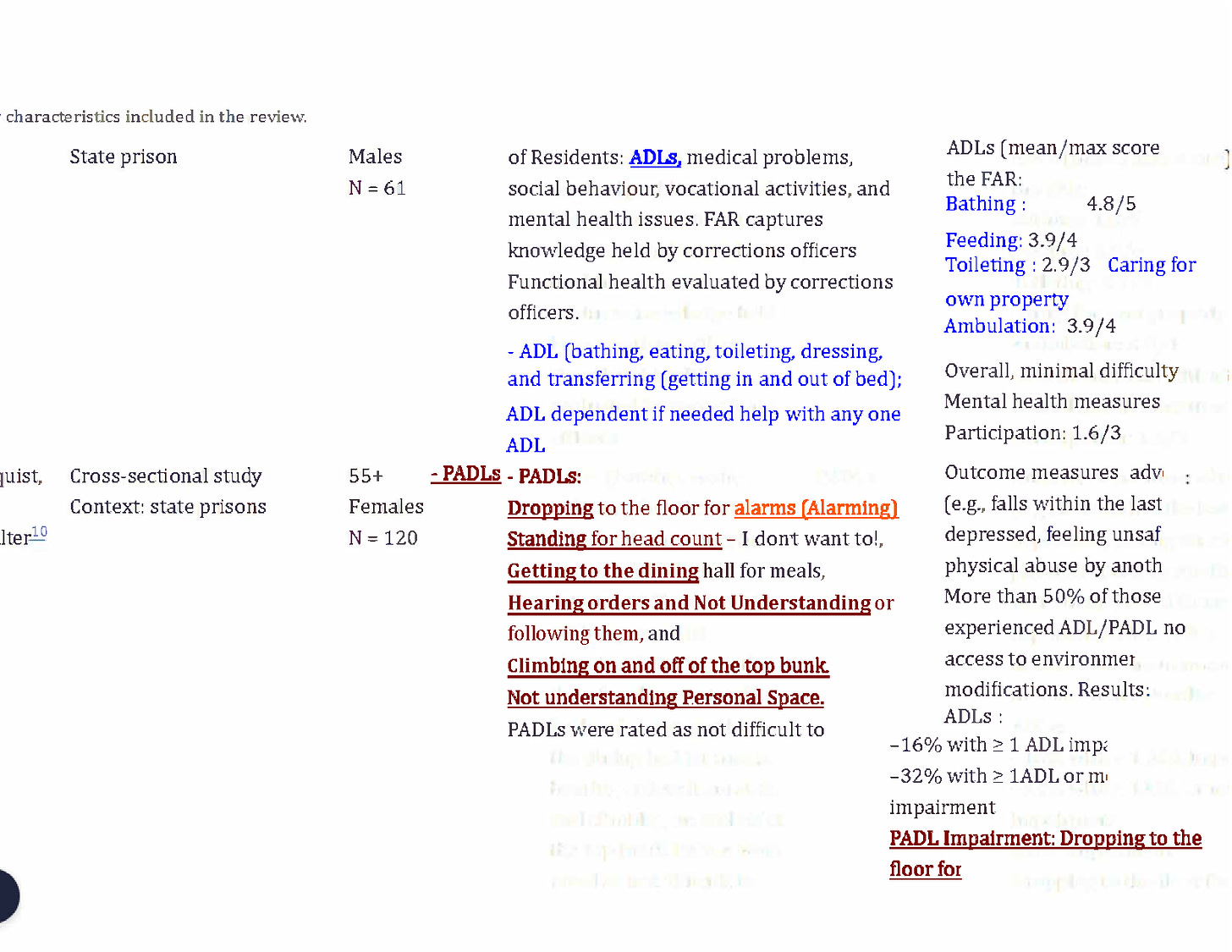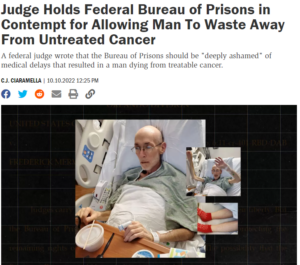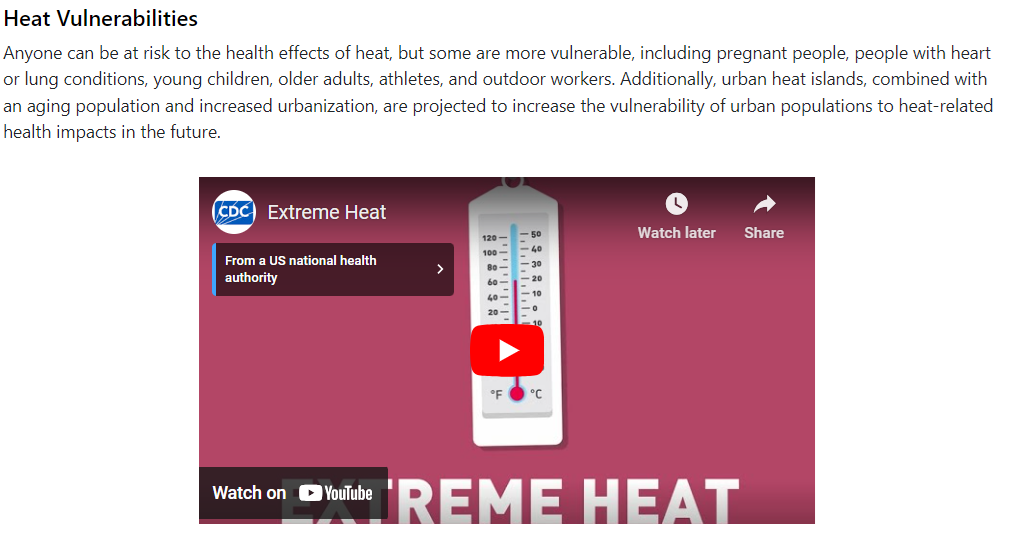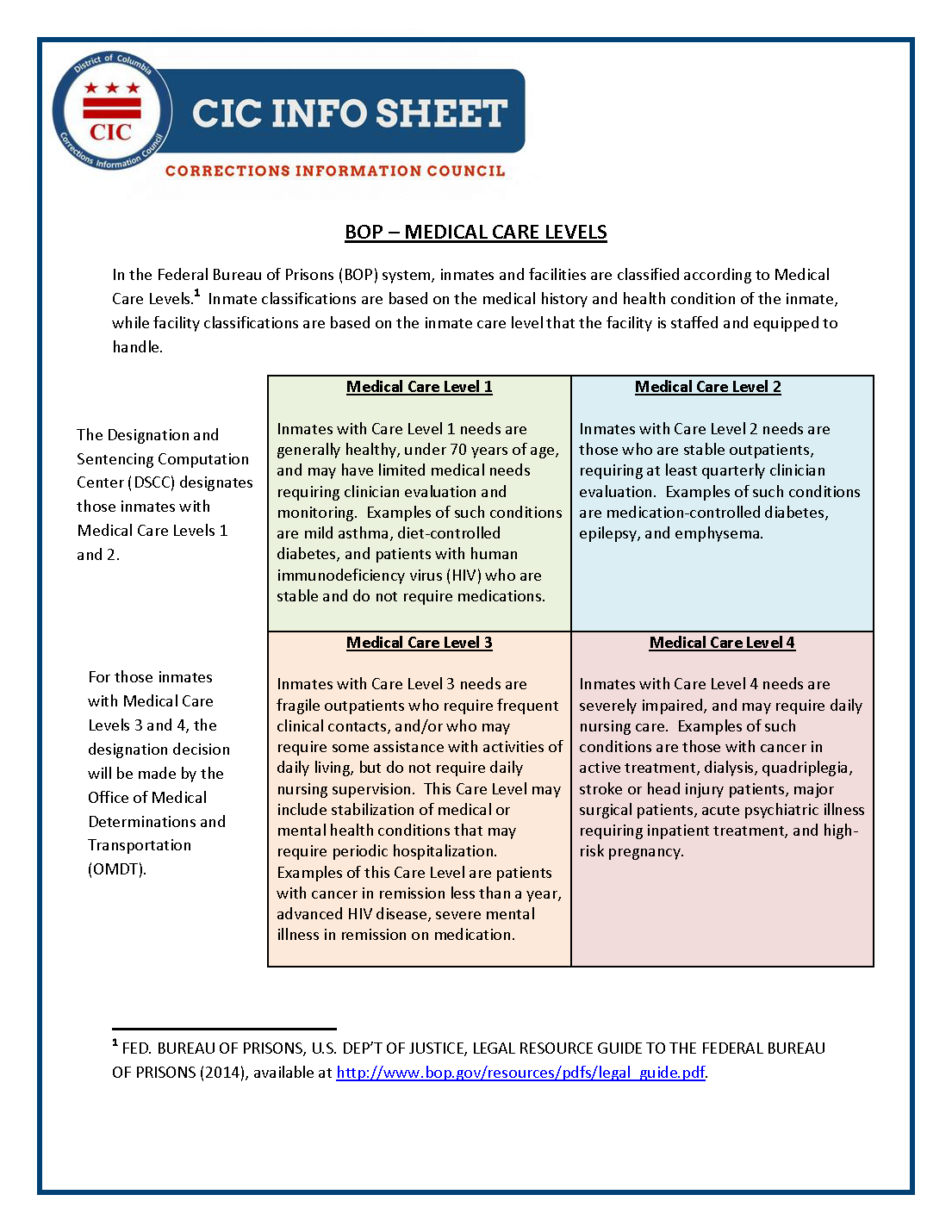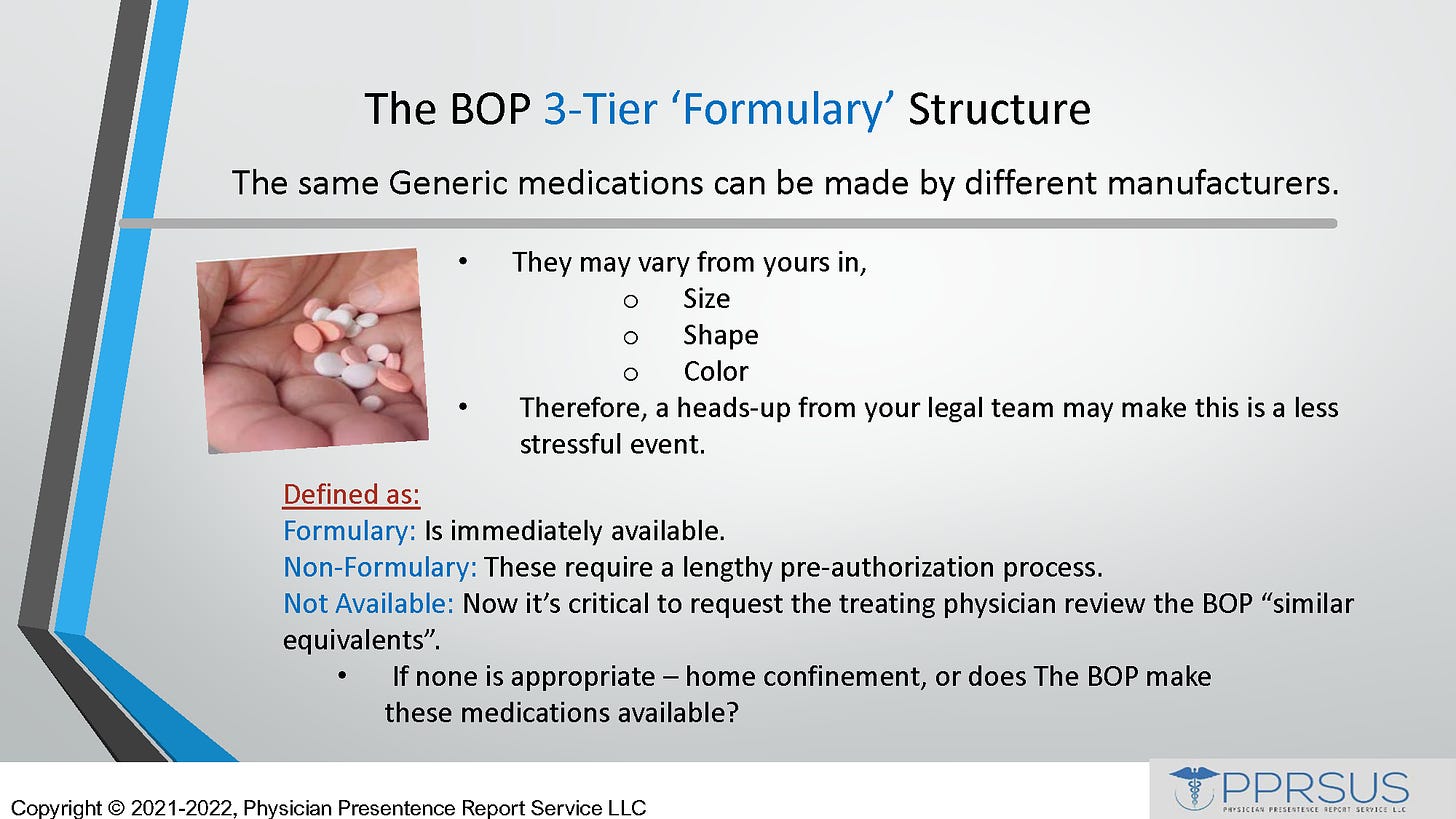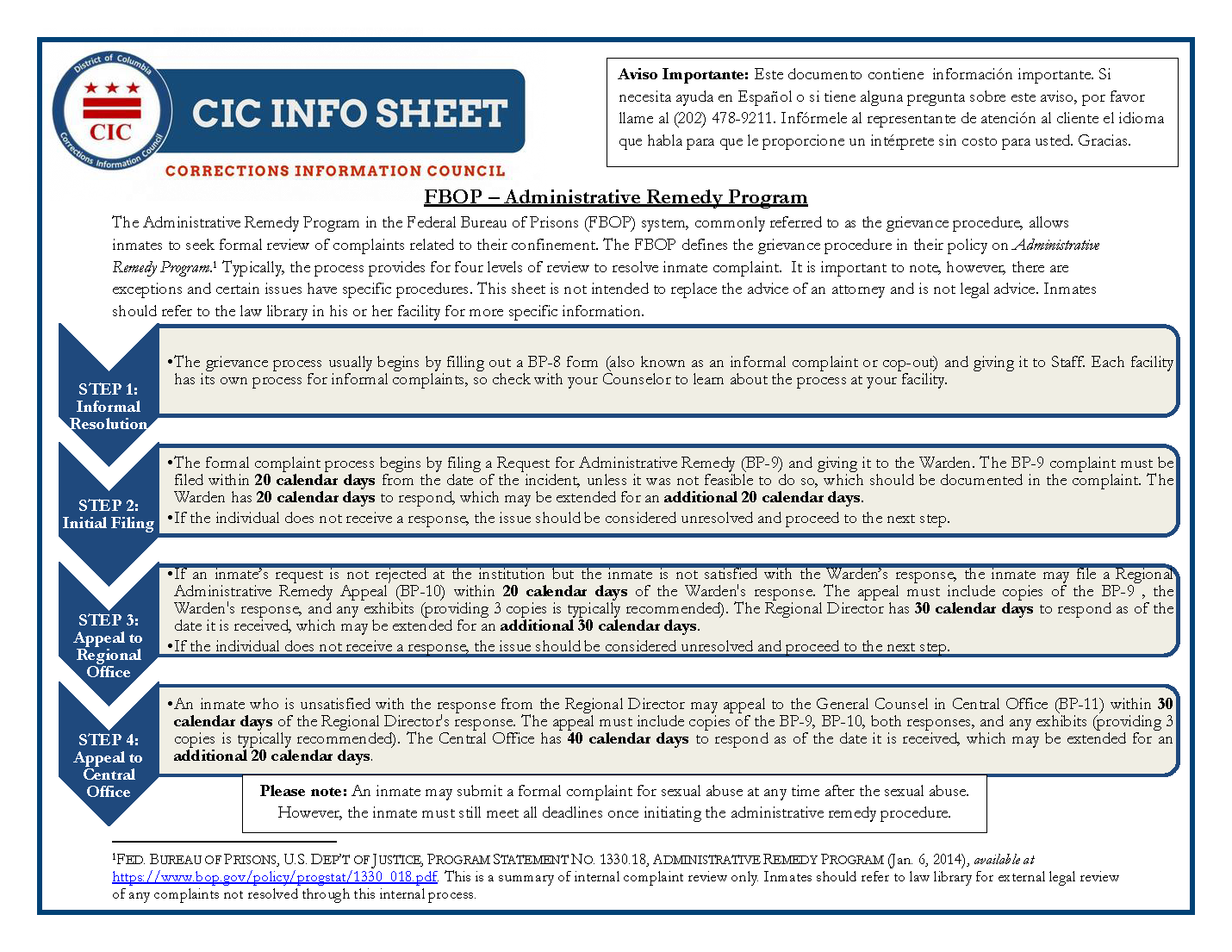MEDICATIONS NEEDED VS THE BOP FORMULARY; REQUIRES A COMPREHENSIVE PSR
Preparing for the Presentence Interview should begin ASAP, and this comes from Federal Judge Robert N. Scola:
Judge Scola suggested that lawyers took a page out of the book from our death penalty colleagues and advised, “Don’t wait to think about sentencing advocacy,” since 99 percent of federal criminal clients will be facing sentencing, start preparing the case for sentencing early on.
I. The BOP Formulary (all generic) is provided either:
On-Formulary: as long as it is included in your Presentence Report (PSR), it should be provided immediately.
II. Non-Formulary: If the medications are on this list, they will Not Be Available. But if the treating provider goes through every medication that is On-Formulary, with their treating records documenting why, drug-by-drug, each medication that has been tried was unsuccessful, or for another reason of equal importance.
III. Therapeutic Equivalent Substitution: a drug that is therapeutically equivalent to, but chemically different from, the drug originally prescribed by a physician.
IV. Not Available. The Caveat is that many Judges believe that BOP covers all aspects of the required 2023- 2024 bop leadership- attorneys – director of medical care. Unfortunately, following COVID-19, cracks were evident in this theory. How?
1) It’s great to have excellent Policies and Procedures, but they only work if followed.
2) Staffing shortages cause medical care delays and sometimes fail to provide that needed care.
3) Medical Second Opinions can take up to 36 months if allowed, but Clinical Directors are not obligated Judge says conditions too ‘dreadful’ 3-21-24 (5-2022_ winter_formulary_part_1, Page 4: #5) to follow their specialist’s recommendations.
4) The BOP will ignore a judge if they order treatment or medication. If there are issues, (5-2022_ winter_formulary_part_1, Page 4: #9) suggests contacting the appropriate BOP Regional Directors, up to the Director. The BOP Regional Attorneys.
The disconnect to me is that the BOP Hierarchy is best contacted before a medical emergency.
240.888.7778
Dr. Blatstein (Marc)
Physician Presentence Report Service (PPRSUS.com)
• Sentence Mitigation
• Humanizing Yourself To The Court
• The Narrative, Release Plan, Allocution
• Expectations of Daily Life in Prison, The Do’s and Don’ts







